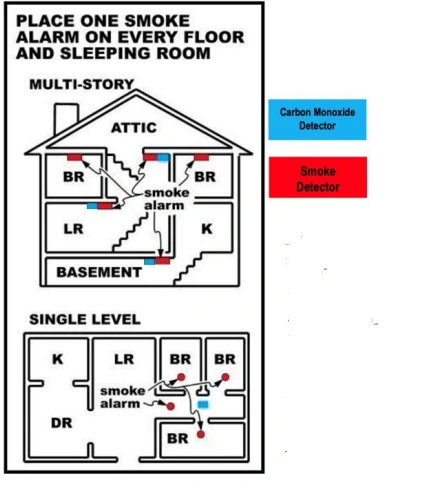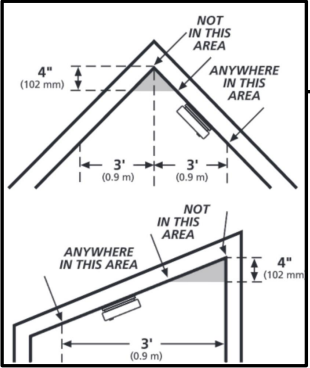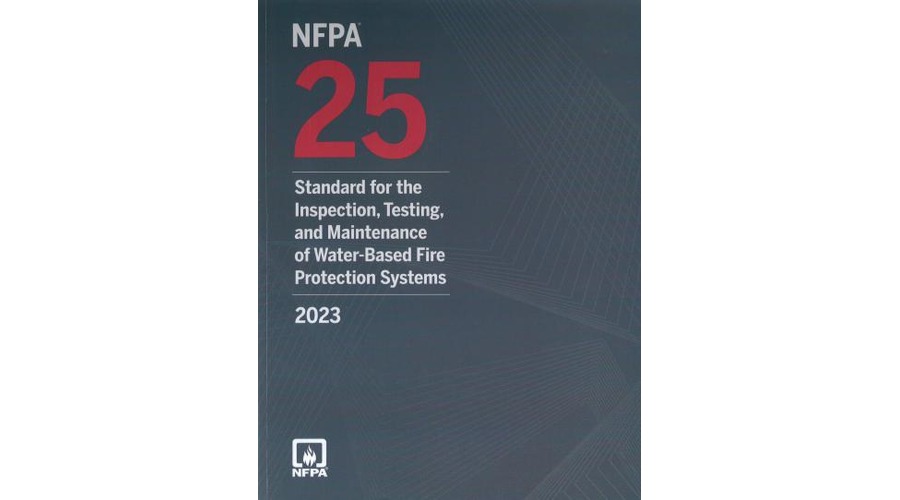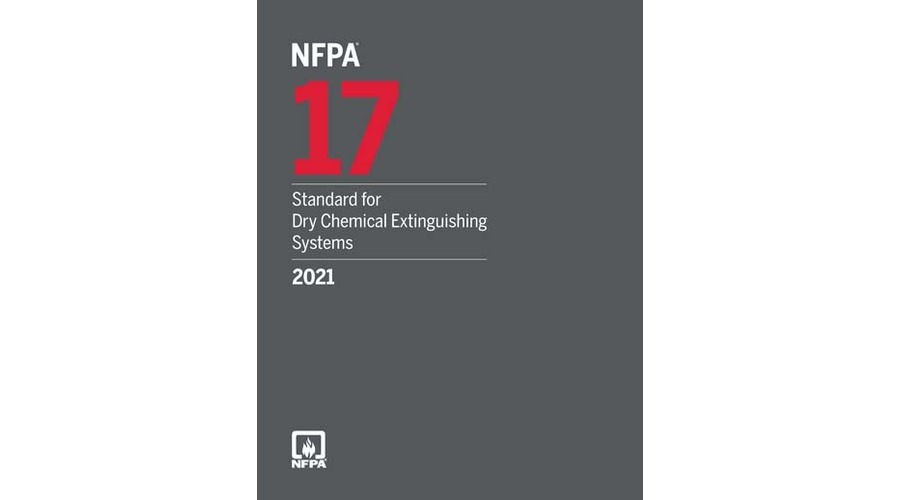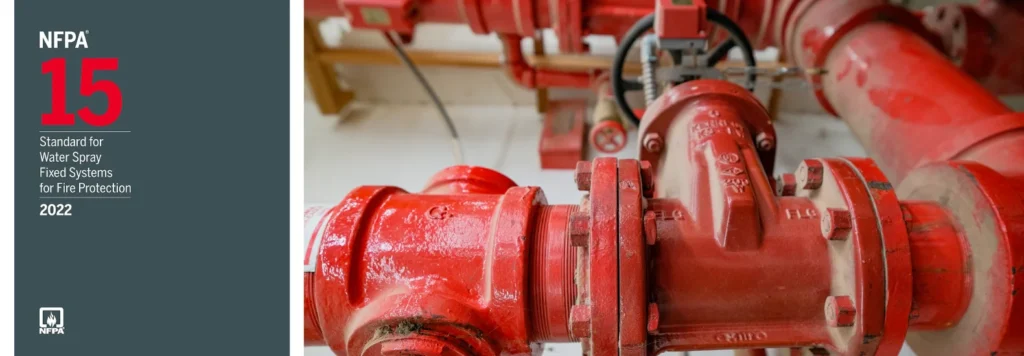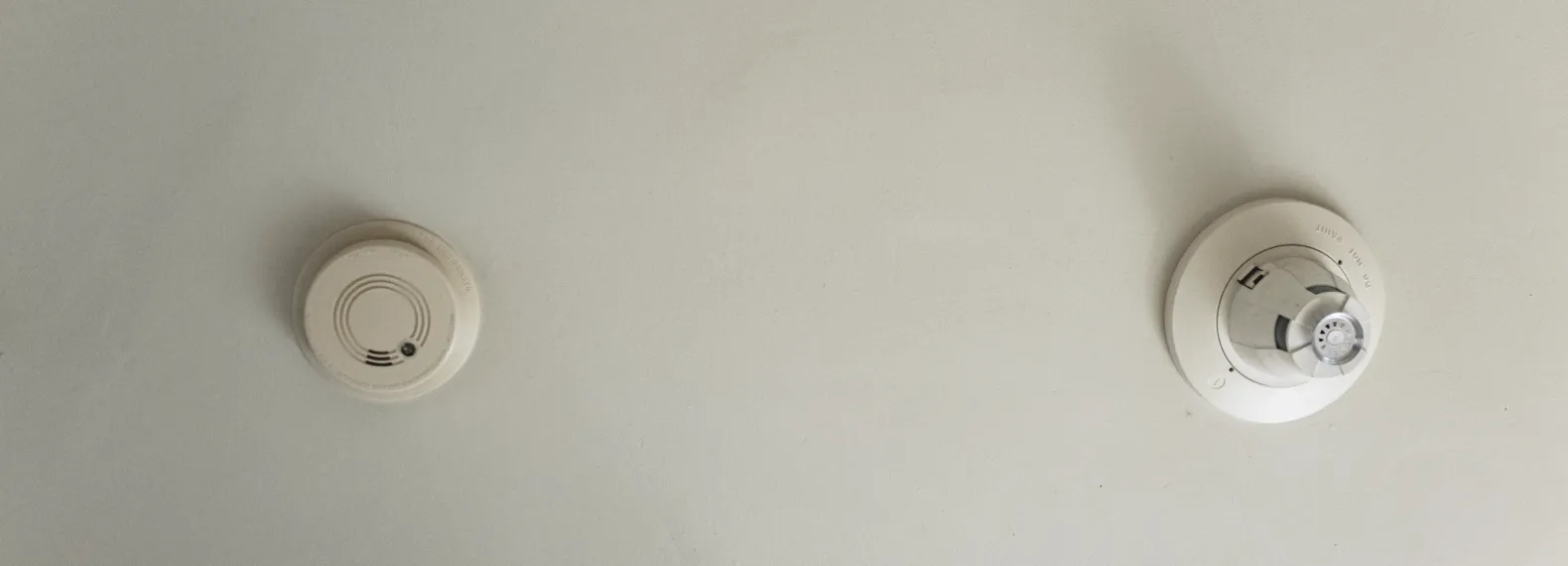

Smoke Detector Installation Los Angeles: How to Install Smoke and Carbon Monoxide Alarms According to the County Guide
Installing smoke and carbon monoxide alarms is of utmost importance when it comes to keeping your family safe. The Los Angeles County Residential Code (Sections R314 and R315) lays out specific requirements for these devices, ensuring your home is well-protected. This guide will walk you through everything you need to know, from where to place the alarms to how to maintain them, so you can stay compliant and safe.
Where to Place Smoke Alarms
The Residential Code (R314) provides clear guidelines for smoke alarm placement. These devices should be installed in:
- Each Sleeping Room: Every bedroom must have its own smoke alarm to ensure that it can alert you in time to escape.
- Hallways Near Bedrooms: Place a smoke alarm outside of each sleeping area, in the immediate vicinity of the bedrooms, to detect smoke before it reaches anyone asleep.
- Every Floor of the Home: Install a smoke alarm on every story of the house, including basements and habitable attics. In split-level homes, a single alarm may cover adjacent levels, provided there’s no intervening door and the levels are less than one full story apart.
- Away from Bathrooms: To avoid false alarms caused by steam, keep smoke alarms at least 3 feet away from bathroom doors.
- Avoid Fans and Vents: Install alarms at least 3 feet from fans and vents to ensure proper functioning.
Carbon Monoxide Alarm Placement
The right placement is crucial as carbon monoxide is invisible, odorless, and deadly. Install CO alarms (R315) in the following locations:
- Outside Sleeping Areas: Place a CO alarm in the immediate vicinity of bedrooms, ensuring everyone is alerted in case of a CO leak.
- Every Floor: A CO alarm is required on each occupiable level of the home, including basements and habitable attics.
- Near Fuel-Burning Appliances: If there are gas stoves, furnaces, or water heaters, install a CO alarm nearby. Additionally, for bedrooms with a fuel-burning appliance or an attached bathroom containing one, the alarm must be installed inside the bedroom.
- Maintain Distance from Fans and Vents: Just like smoke alarms, place CO alarms at least 3 feet away from fans and vents for accurate detection.
Installation Tips: Getting It Right
Installing these alarms isn’t rocket science, but a few details matter:
- Distance from Fans and Vents: Keep alarms at least three feet away to avoid interference from airflow.
- Height Matters: Smoke rises, so place alarms on ceilings whenever possible. If they must go on walls, make sure they’re high enough to detect smoke effectively.
- Power Sources: Hardwired alarms should have battery backups in case of power outages. If you’re going for battery-only models, use ones with long-life batteries. No one wants to hear a chirping alarm at 2 a.m.
Inter connectivity: Linking Your Alarms
Modern alarms can communicate with each other, so if one goes off, the rest follow. This feature is especially useful in larger homes where a fire or CO leak might go unnoticed in distant rooms. Here’s how to make it work:
- Use alarms designed to interconnect, either through wiring or wireless systems.
- Test the connection after installation to ensure all alarms respond when one is triggered.
Maintenance: Keeping Alarms Ready
Installation is only half the battle as alarms need regular upkeep to ensure proper functioning:
- Testing: Press the test button on each alarm monthly. If it doesn’t beep, it’s time for a replacement or a battery check.
- Battery Changes: Even long-life batteries need changing eventually. Mark your calendar to replace them yearly.
- Cleaning: Dust can block sensors. Use a vacuum or a can of compressed air to keep them clear.
- Replacement: Alarms don’t last forever. Replace smoke alarms every 10 years and CO alarms every 5–7 years, depending on the manufacturer’s guidelines.
Compliance with the Los Angeles County Code
The code exists for a reason: to ensure the safety measures undertaken are worthwhile and are failproof. Building and safety permits require proper alarm installation. If you’re selling your home, inspectors will check for compliance. Non-compliance can lead to delays or even fines. Stay ahead by knowing the requirements and following them.
Common Mistakes to Avoid
- Skipping Levels: Every floor means every floor. Don’t assume a single alarm can cover an entire home.
- Ignoring Maintenance: Alarms that don’t work are worse than no alarms at all; they give a false sense of security.
- Improper Placement: Too close to vents or too far from bedrooms can render alarms ineffective.
The Bottom Line
Smoke and carbon monoxide alarms are small devices with a big job: protecting your life. By placing alarms in the right spots, linking them together, and keeping them maintained, you’re doing more than following the rules. You’re creating a home that’s ready to face emergencies head-on. So grab your tools, check the code, and get those alarms up where they belong.
Ensure Your Family’s Safety: Install Smoke and Carbon Monoxide Alarms Today!
Don’t wait for an emergency to act—follow the Los Angeles County Code and install your smoke and carbon monoxide alarms now. Protect your home and loved ones by ensuring the proper placement, installation, and maintenance of these life-saving devices. Ready to get started?


Protect Your Property
Get the latest fire safety tips delivered straight to your inbox with our Newsletter.

